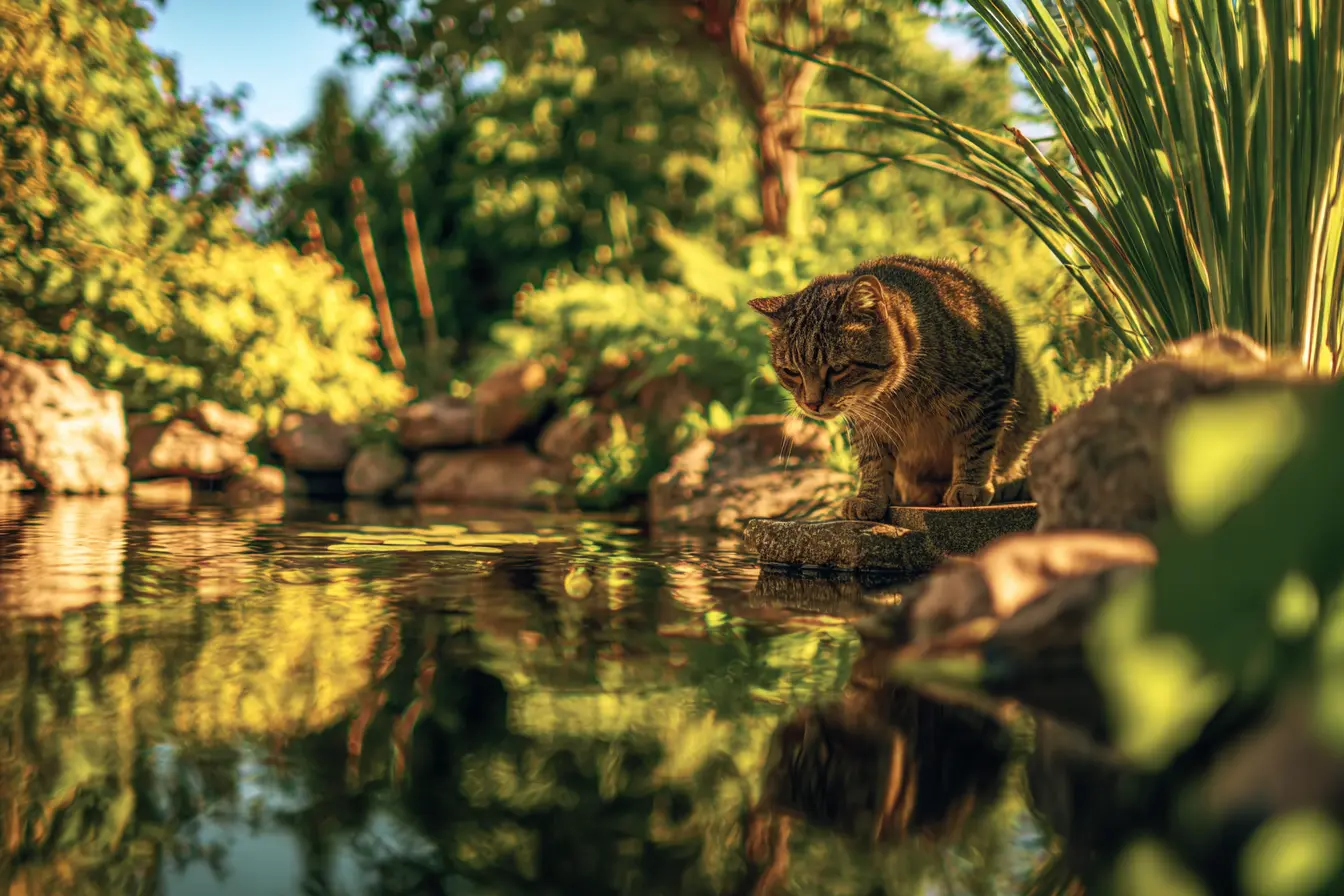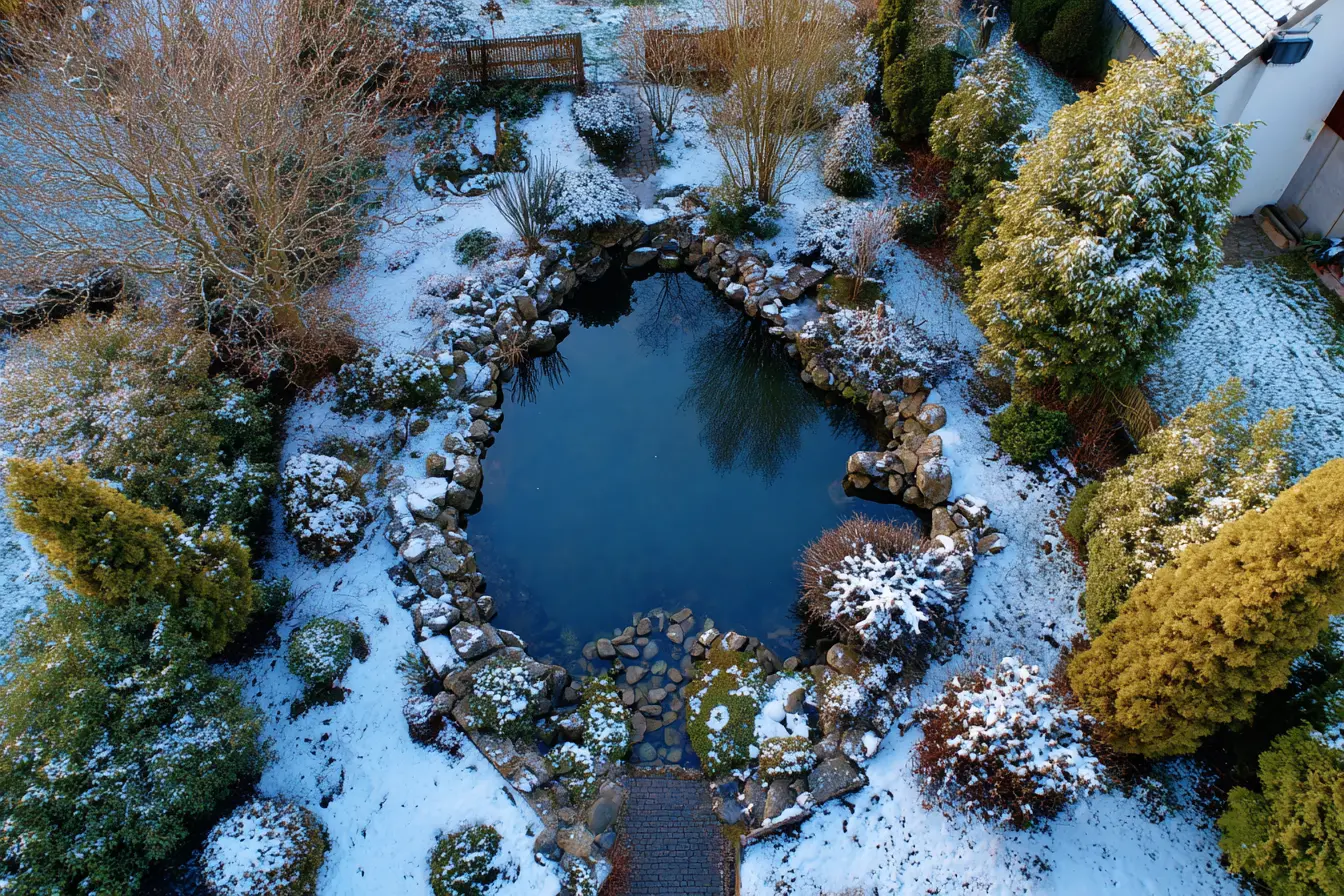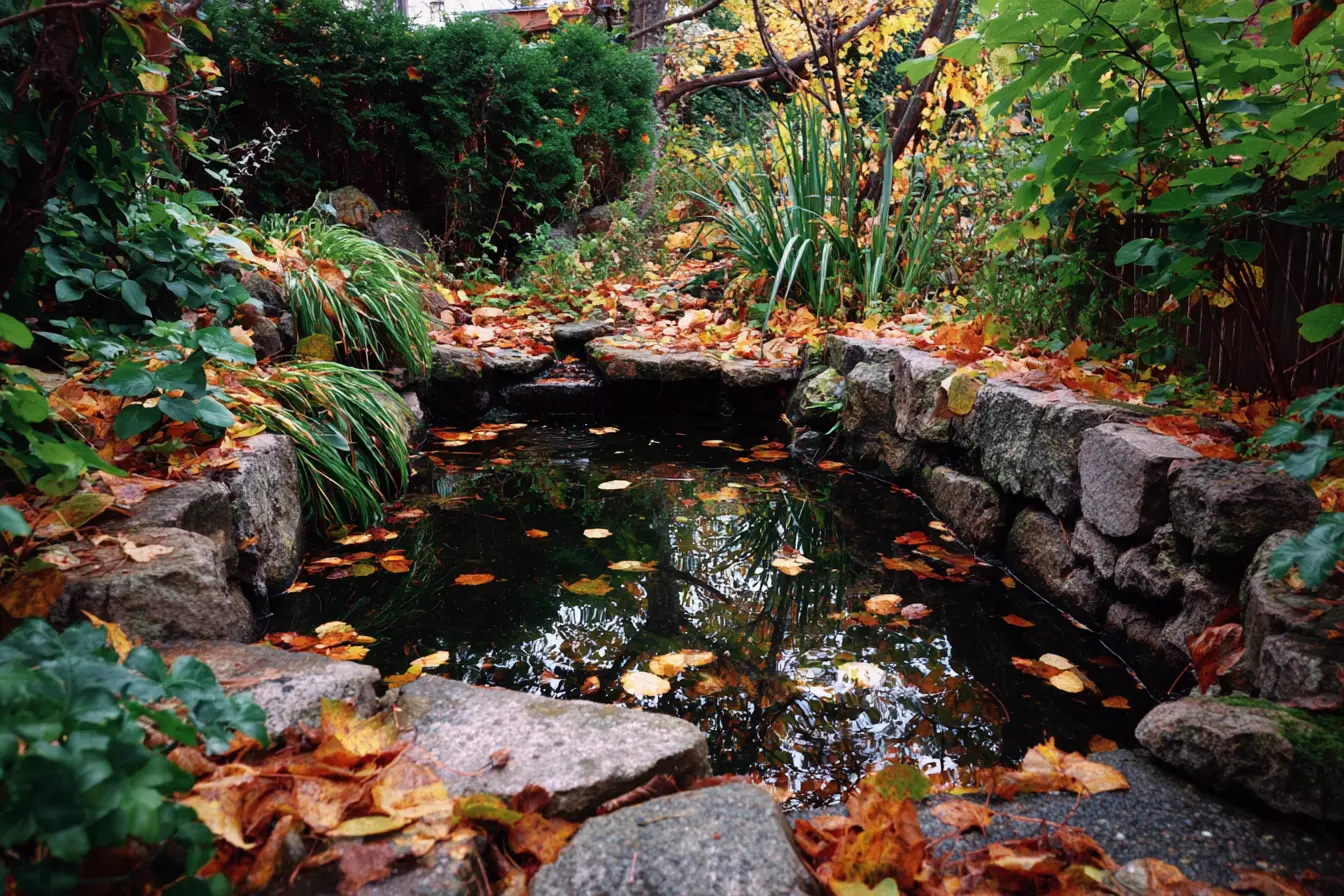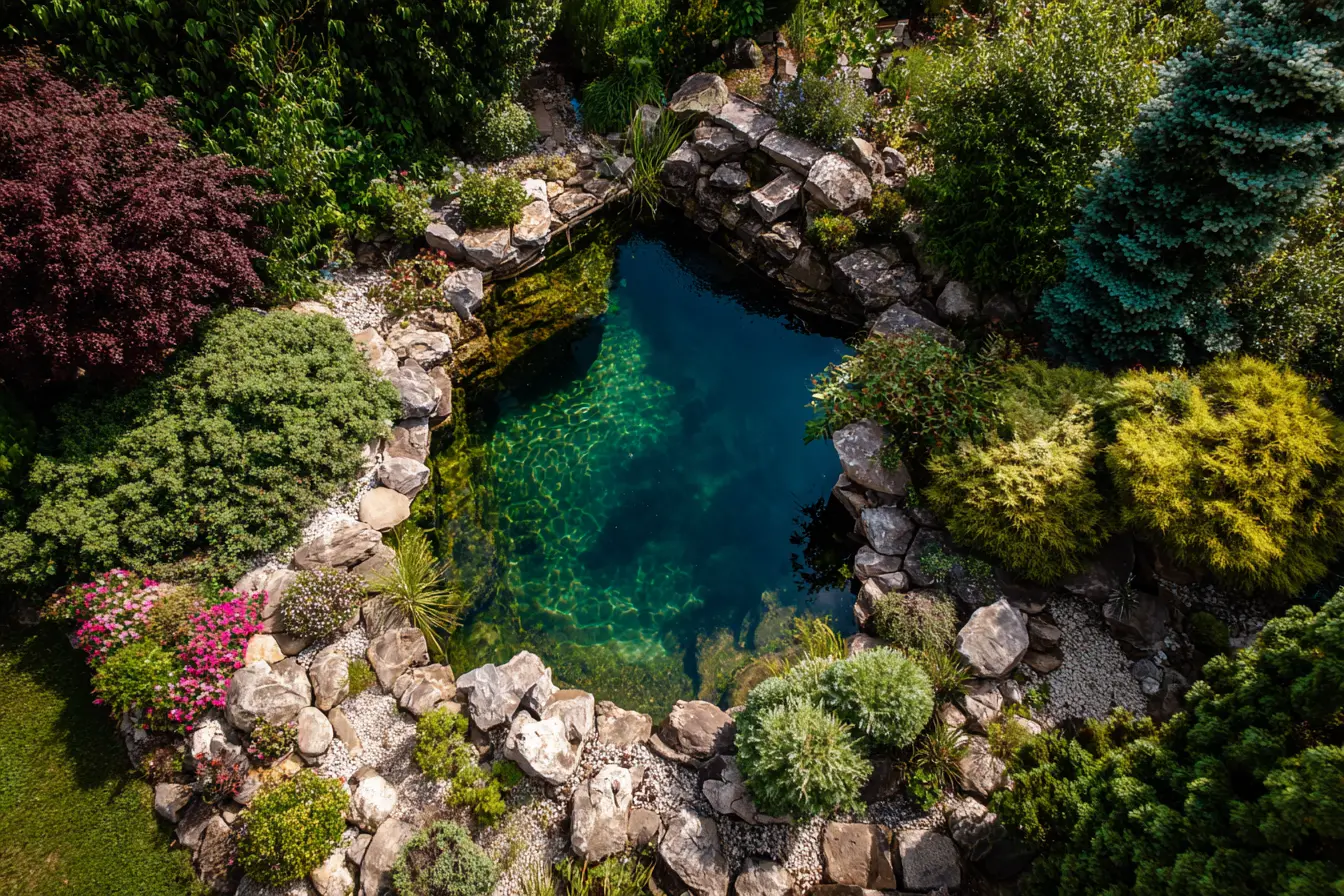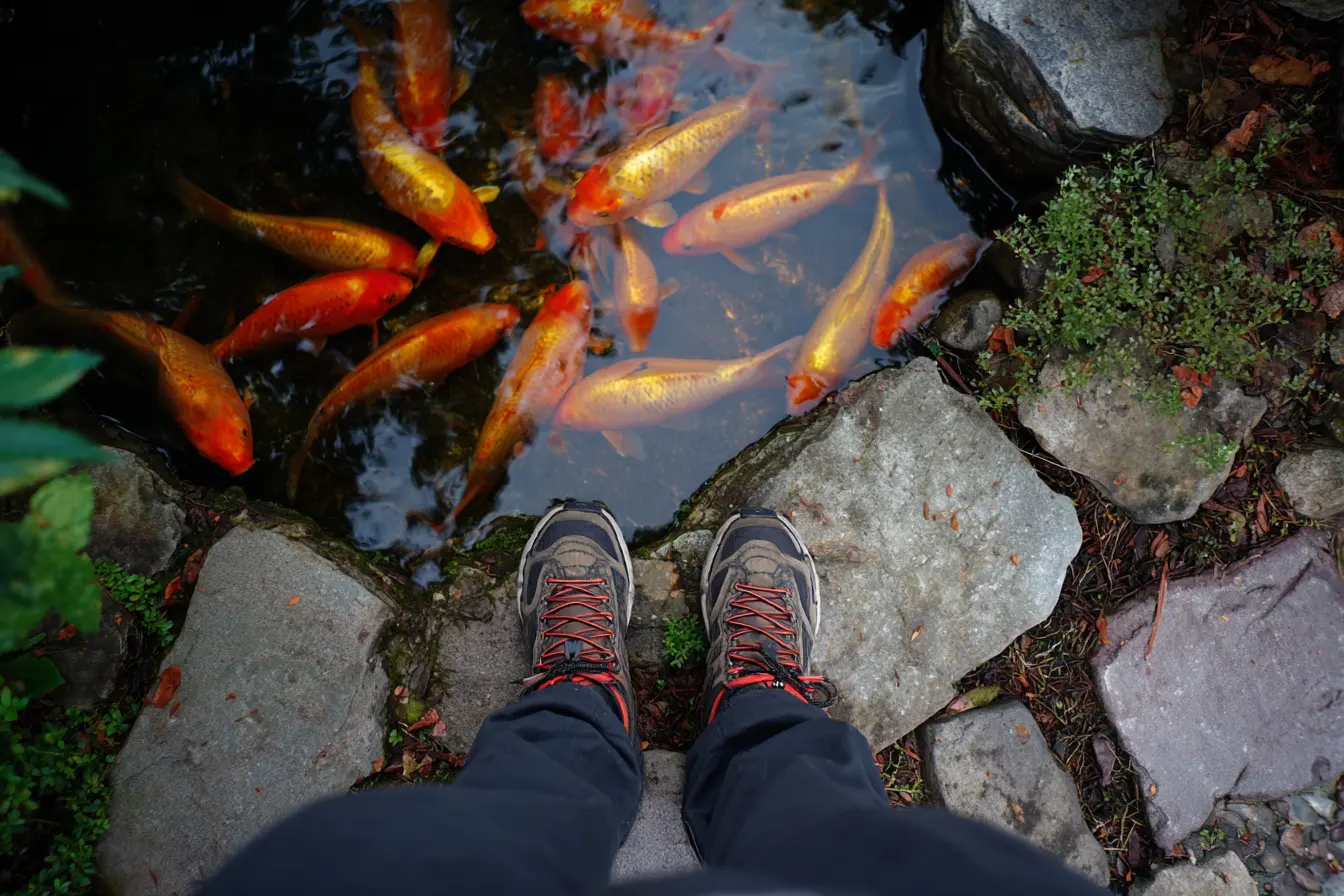
Keeping Orfe: A Complete Guide to These Lively Pond Fish
Orfe are among the most elegant and active fish you can add to a UK garden pond. Known for their streamlined bodies and shimmering colours, orfe (also called ide) are excellent for adding movement and visual interest to your pond. While they are hardy and adapt well to life in a garden pond, they do have some specific care requirements. Here’s everything you need to know to keep your orfe healthy, happy, and thriving.
Types of Orfe
There are two main types of orfe typically kept in UK ponds:
- Golden Orfe – the most popular type, with bright orange-gold colouration.
- Blue Orfe – silvery-blue in colour, often kept with golden orfe for contrast.
Both types have the same care needs and make striking additions to mixed-species ponds.
Pond Requirements for Orfe
Pond Size and Depth
Orfe are fast swimmers and grow larger than many other pond fish, often reaching 30–45 cm (12–18 inches) in length. They need plenty of swimming space and clean, well-oxygenated water.
- Pond size: A minimum of 5,000 litres (1,100 gallons) is recommended, though larger ponds are better.
- Pond depth: At least 1 metre (3 feet) deep to provide a safe environment in both hot summers and cold winters.
Because they are very active and prefer to swim in groups, it’s best to keep orfe in groups of at least three or more.
Filtration and Aeration
Orfe require excellent water quality and high oxygen levels:
- Filtration: A good-quality filter system is essential to handle waste and maintain healthy water parameters.
- Aeration: Orfe thrive in well-oxygenated ponds, so adding features like waterfalls, fountains, or air stones is important, especially during the summer.
Water Quality
Orfe are sensitive to poor water conditions, so regular testing is essential:
- pH: Between 7.0 and 8.0.
- Ammonia and nitrite: Both should be zero.
- Nitrate: Ideally below 40 ppm to prevent algae blooms.
Test water weekly during the warmer months and carry out partial water changes (around 10–20%) if levels are off.
Feeding Orfe
Orfe are omnivorous and will eat a variety of foods:
- Staple diet: High-quality pond fish pellets or floating sticks.
- Natural diet: Insects, larvae, and small crustaceans in the pond.
- Treats: Live or frozen foods like bloodworms, daphnia, or chopped earthworms can be offered occasionally to promote health and vitality.
Feed 2–3 times daily during the warmer months, only as much as they can eat in a few minutes. Orfe have a fast metabolism in warm water, so small, frequent feedings are better than large ones. Reduce feeding as temperatures cool in autumn, and stop altogether once water temperatures consistently fall below 10°C.
Seasonal Care
Spring
- Clean the pond and check filtration and aeration systems.
- Begin feeding again once water temperatures are above 10°C.
- Check for any signs of disease or parasites after winter.
Summer
- Watch for low oxygen levels in warm weather. Increase aeration if needed.
- Provide shade with floating plants like water lilies to help control water temperature.
- Feed regularly but avoid overfeeding.
Autumn
- Gradually reduce feeding as water temperatures drop.
- Remove fallen leaves to prevent water quality problems.
- Prune pond plants and remove dying vegetation.
Winter
- Stop feeding when water temperatures remain below 10°C.
- Keep an area of the pond ice-free using a pond heater, air stone, or de-icer to allow for gas exchange.
- Avoid disturbing orfe during their winter rest in deeper water.
Health and Common Issues
Orfe are generally hardy, but they can be prone to stress if water quality declines. Watch for:
- Gasping at the surface – can indicate low oxygen levels.
- Lethargy or unusual swimming – may be a sign of poor water quality or illness.
- White spot (Ich) – small white cysts on the skin and fins.
Regular testing and prompt action are key to preventing problems. If you see any signs of disease, treat promptly and always follow the product instructions carefully.
Introducing Orfe to Your Pond
When adding orfe to your pond, take care to introduce them gradually:
- Quarantine: If possible, quarantine new fish for a couple of weeks to ensure they’re healthy and parasite-free.
- Acclimatise slowly: Float the transport bag in the pond for 15–20 minutes to equalise temperature, then slowly add pond water to the bag before releasing the fish.
- Add in small groups: Introducing orfe in small groups prevents overwhelming your pond’s biological filtration system.
Supporting a Balanced Pond Ecosystem
A well-planted pond supports the health of your orfe and other fish:
- Aquatic plants: Provide natural shade, reduce algae, and offer shelter for orfe.
- Wildlife habitat: Frogs, dragonflies, and insects contribute to a balanced ecosystem.
Orfe’s active swimming and shoaling nature make them particularly enjoyable to watch, especially in a well-planted and carefully maintained pond.
Conclusion
Orfe are a stunning and lively choice for UK ponds, adding colour and movement to your garden. With good water quality, plenty of space, and careful seasonal care, your orfe will thrive and bring years of enjoyment.
Vets near you
Speciality vets
- Aquatics vet specialists
- Birds vet specialists
- Camelids vet specialists
- Cats vet specialists
- Cattle vet specialists
- Deer vet specialists
- Dogs vet specialists
- Equines vet specialists
- Exotic vet specialists
- Goats vet specialists
- Pigs vet specialists
- Poultry vet specialists
- Sheep vet specialists
- Small Mammals vet specialists
- Wild vet specialists
